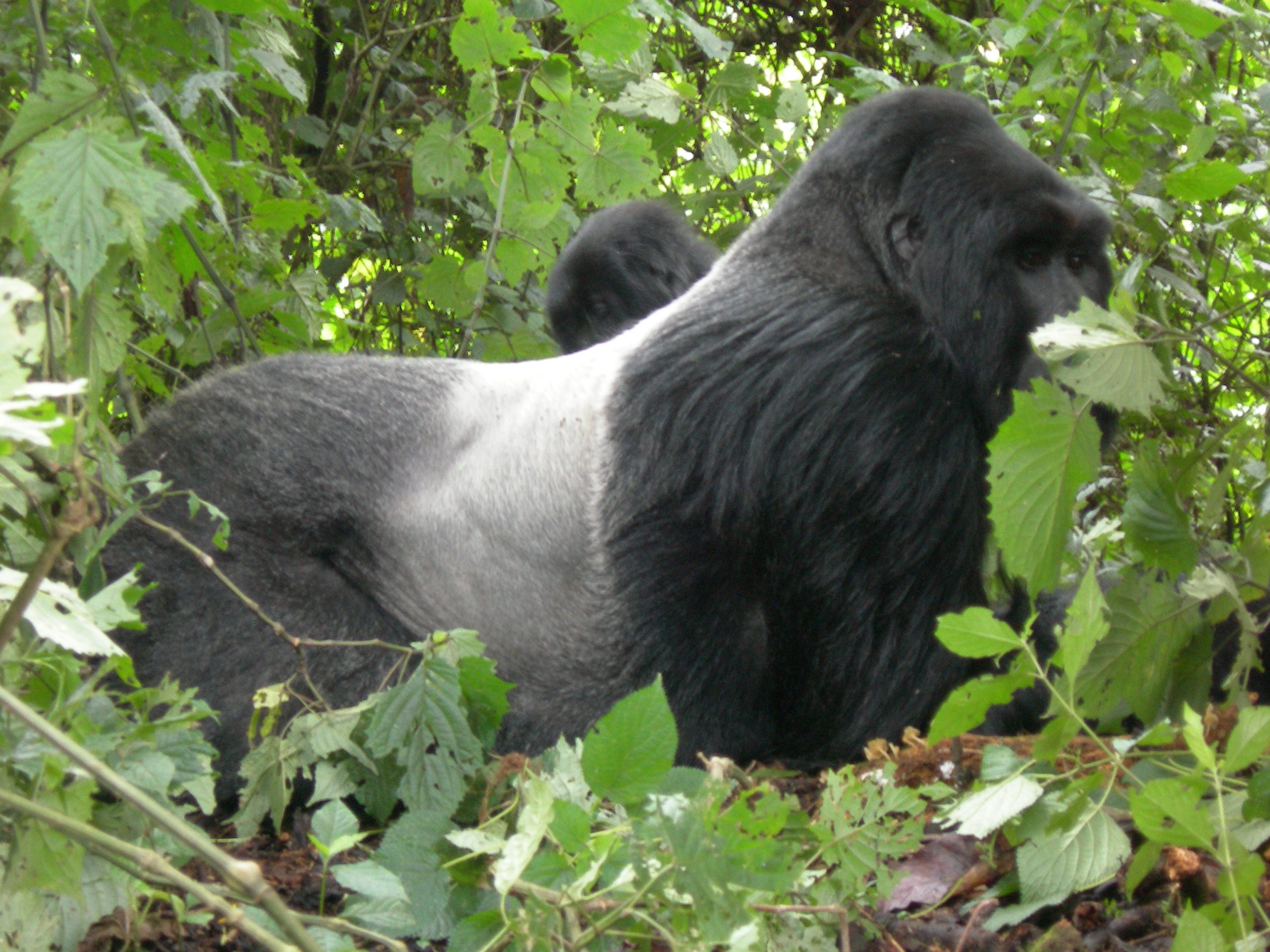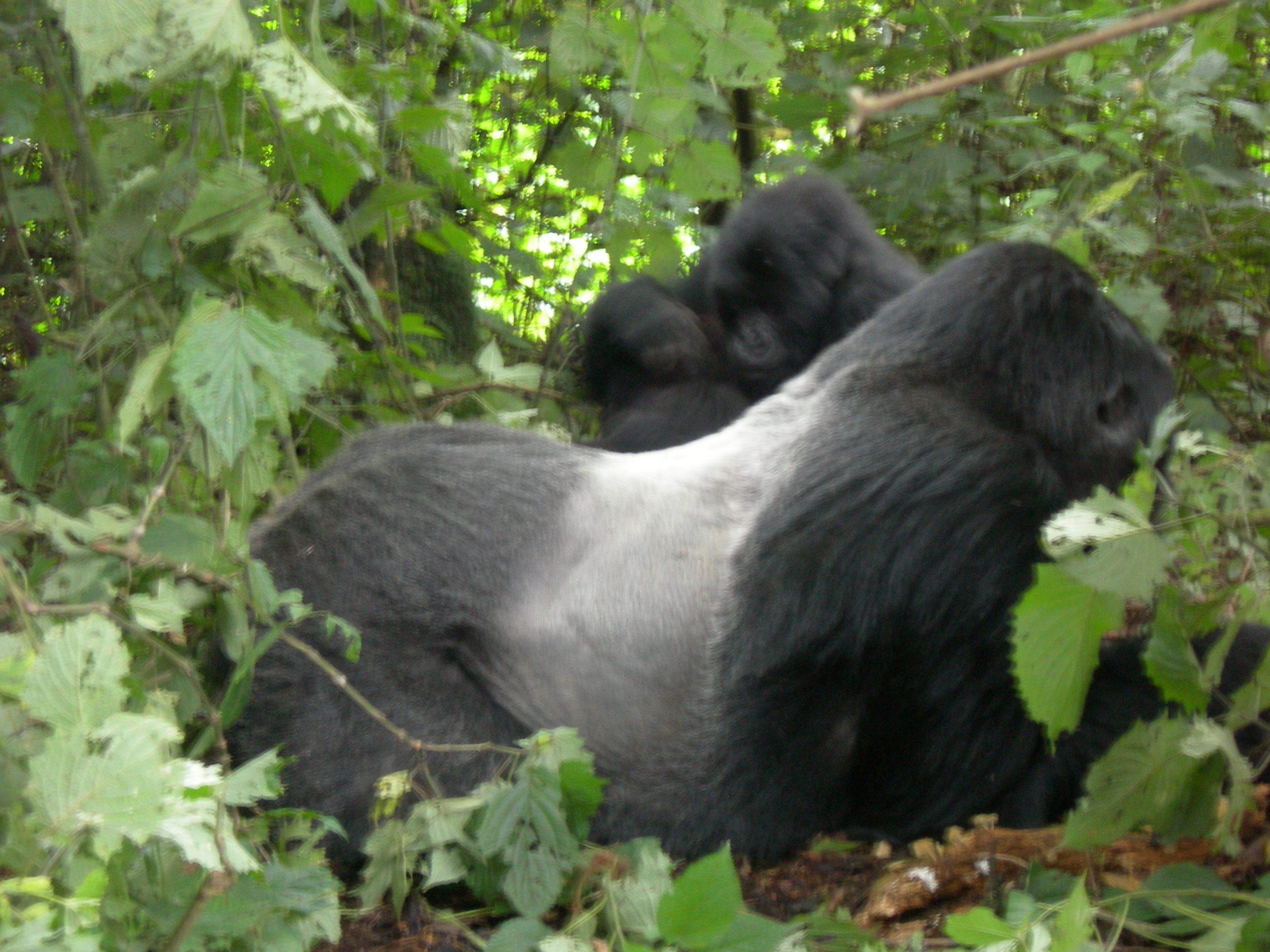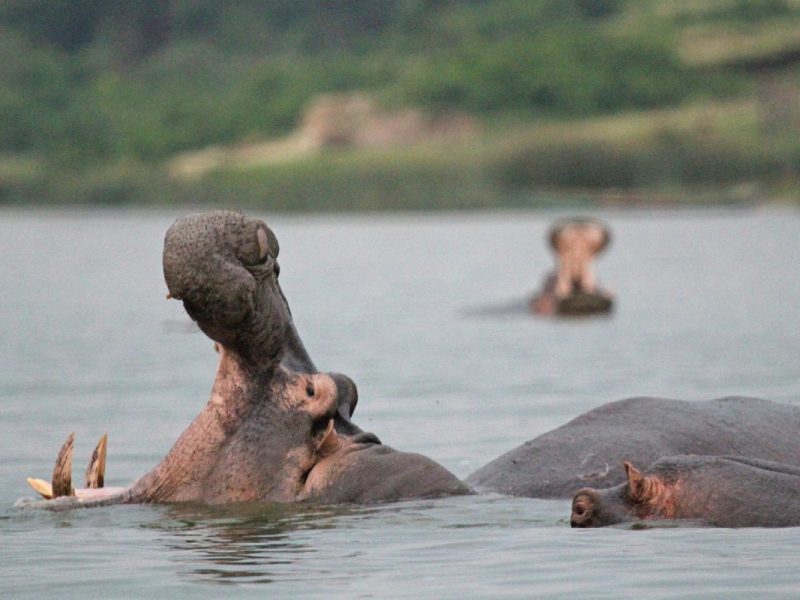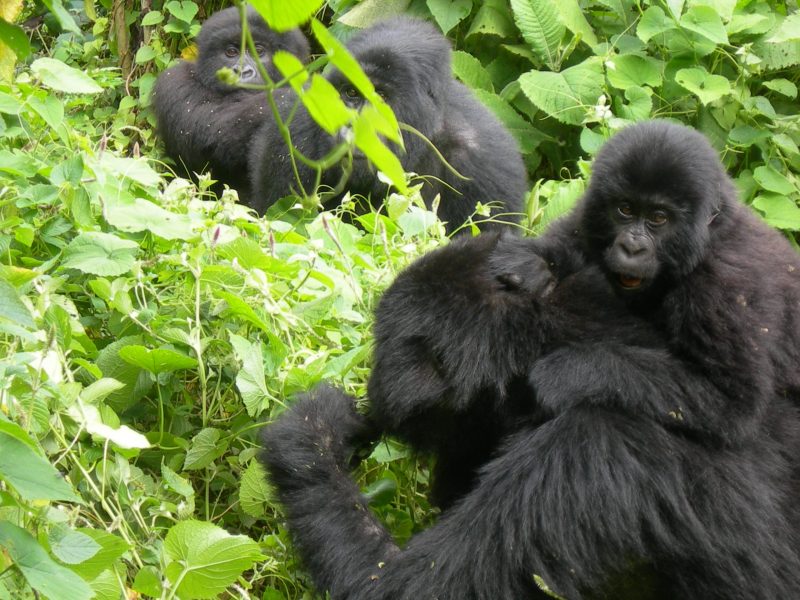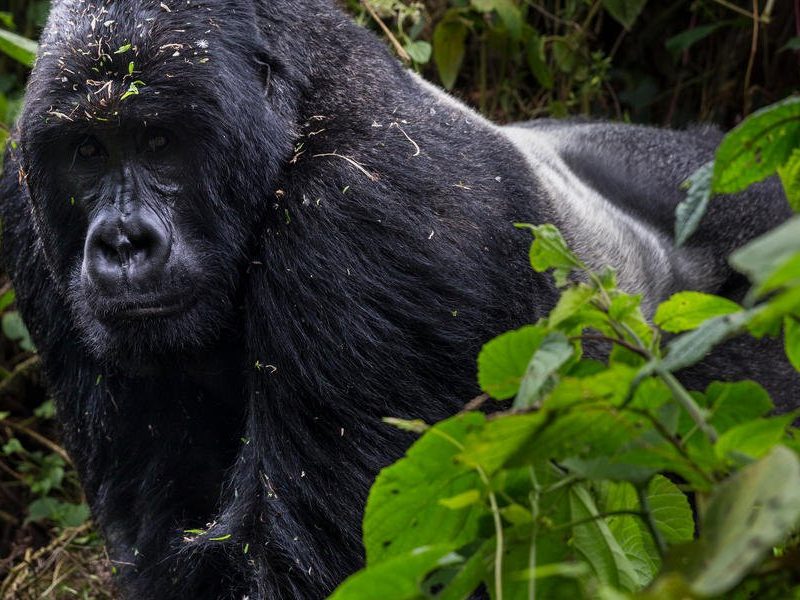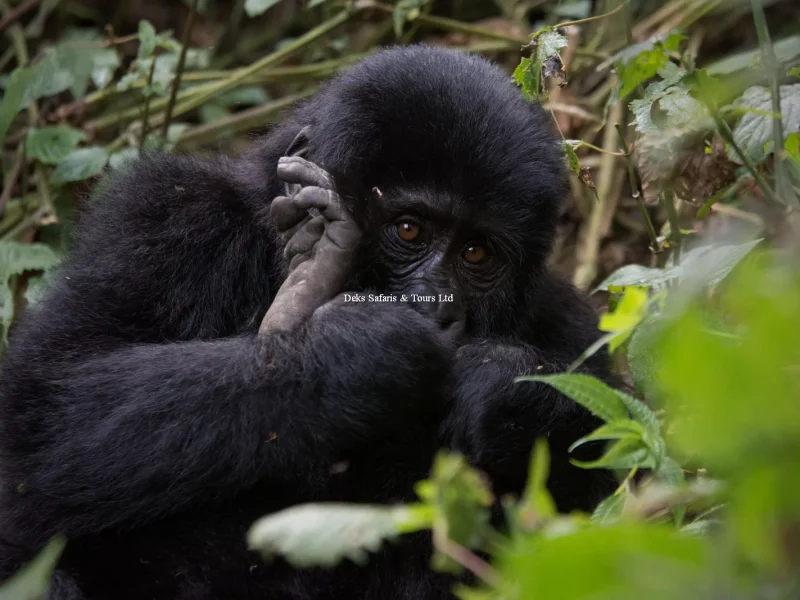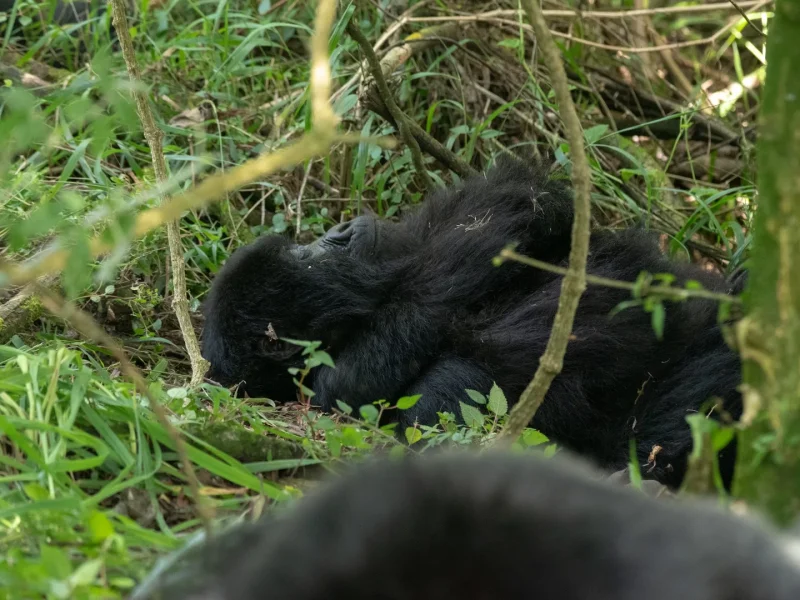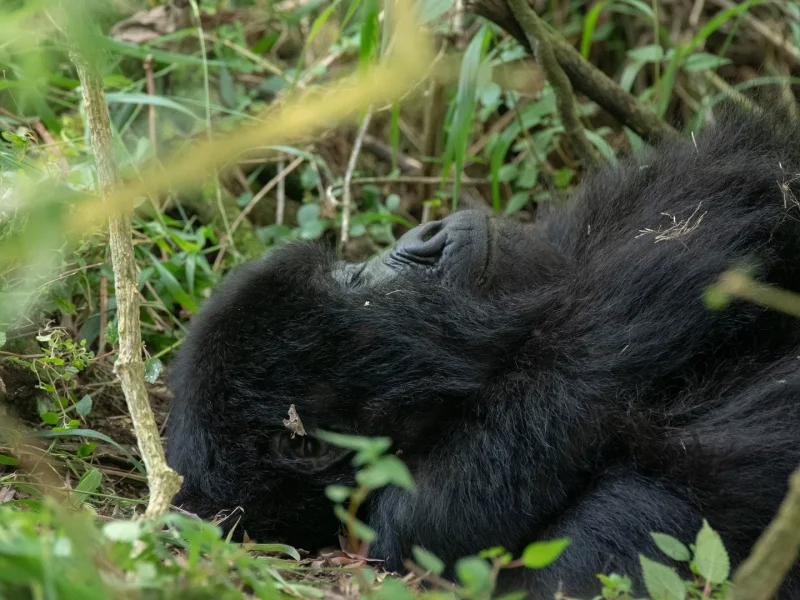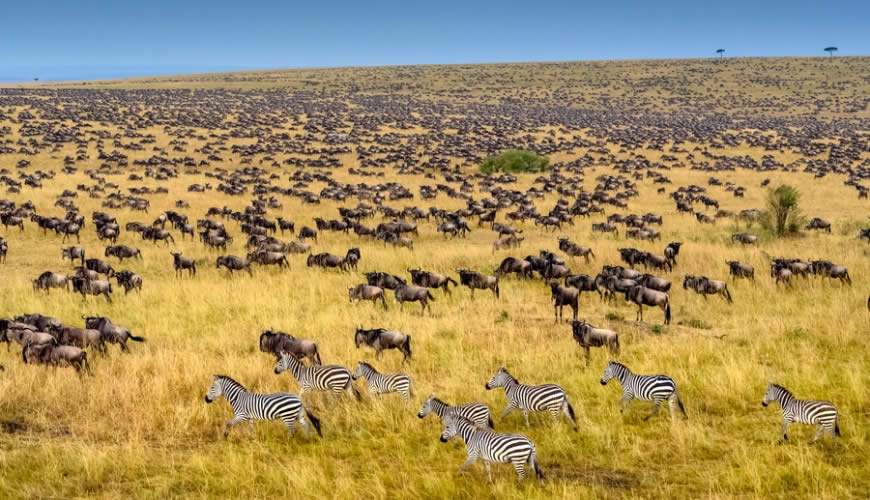How Long Does is Gorilla Trekking Tour in Africa?
August 8, 2022Akagera National Park
September 14, 2022How Do Mountain Gorillas Communicate?
How do Mountain Gorillas Communicate? Mountain gorillas (Gorilla beringei beringei) is one of the two sub species of the Eastern gorilla and is listed as endangered by the IUCN as of 2018. Mountain gorillas are predominantly ground dwelling apes that live in the tropical forests of equatorial Africa. They are herbivorous and their DNA is considered to be similar to human beings and it ranges from 95%-99%. They are also considered man’s closest relatives after the chimpanzees and bonobos.
Mountain gorillas live in the forests high in the mountains at elevations of 8,000 to 13,000 feet and just like humans, mountain gorillas communicate in different ways including sounds, gestures, postures as well as facial expressions. Mountain gorillas have been known to make at least 22 distinct sounds to communicate different feelings.
Mode of Communication in Mountain Gorillas
Research in to the great ape language has indicated that chimpanzees, bonobos, mountain gorillas and orangutans communicate with humans as well as other animals using sign language as well as mimicking human speeches. As communication appears to be a consistent feature utilized by all animals in the wild, the tendency towards displays as well as behaviors remains amongst most primates. In the natural world, behaviors for example grooming are used to promote relational status and group cohesion among the primates.
Mountain gorillas have different ways of communicating to each other and this usually occurs through a variety of methods. Mountain gorillas communicate through vocalization to communicate. This is uttered out by mountain gorillas as a long and distant throat clearing sound and this is seen as a sense of contentment between other individuals.
Smiling – How Do Mountain Gorillas Communicate?
Mountain gorillas use smiling as a mode of communication with other individuals. This is through showing their teeth as both rows are showing. This is also a sign of submission. Males mostly communicate by yawning and in most cases this could show as a warning sign.
Facial expressions
Like how you can be able to read human face, this is also common among the mountain gorillas. This is usually displayed among the juveniles as this consists of a low hanging bottom lip with no teeth showing. This facial expression is equivalent to a laughter among the mountain gorillas.
Use of Sign Language by Mountain Gorillas
Many researchers have however represented the results of the studies described as evidence of linguistic abilities in humans.
Why Do Silverback Male Gorillas Beat Chest?
Most mountain gorillas communicate through banging on their chest. This also has different meanings in a way that in most cases it may be indicating a sign of aggression among most males while in most cases it is done by the young ones while playing.
For the newly born baby gorillas, they communicate through vocalization mostly through screaming and crying. This helps to draw the mother’s attention. Mountain gorillas live in dense forests and don’t see each other often so use vocalization for communication. This is usually by the dominant silver-back in most cases which leads the group to vocalize frequently.
Newly born mountain gorillas use grunting vocalizations when they start to move away from their mothers. These usually indicate the gorilla groups locations and on average, adults make eight vocalizations per hour and this usually happens when they are traveling. This also helps group members to recognize each other.
Postures – How Do Mountain Gorillas Communicate?
Body posture indicates the mode of a mountain gorilla’s communication. This may sometime signal mood or intention to the partner and this is considered as a true display behavior.
Mountain gorillas use sense in their communication and in dangerous situations, they can smell a specific scent at many meters and this sometimes alarms the group. Book this trip with us for a memorable and life unforgettable experience!


